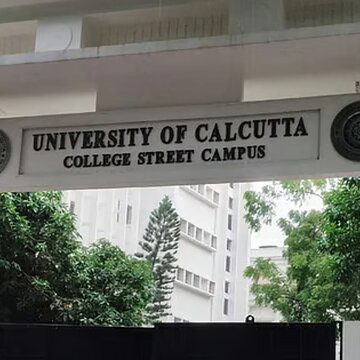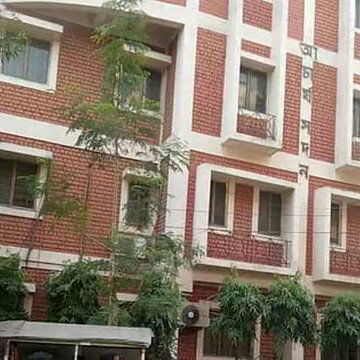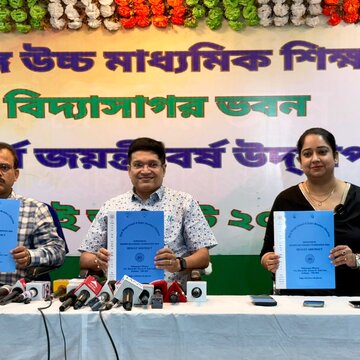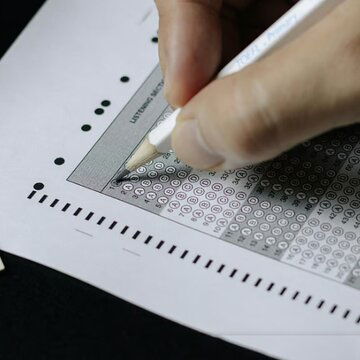Despite leading for years, East Midnapore has lost its top position in higher secondary pass rates to South 24 Parganas. Although 69 students from the district secured places in the top ten merit list this time, not a single name from any school in East Midnapore appears there. In contrast, South 24 Parganas had 31 students in the merit list—an achievement largely attributed to Narendrapur Ramakrishna Mission Vidyalaya (Residential).
ALSO READ | 55 out of 69 students in merit list are from two Ramakrishna Missions: Here’s the complete list
However, while East Midnapore secured third position in pass rate, Kolkata is in the worst condition. Students from various schools are placed twelfth. Students from South Dinajpur and Jhargram, which are considerably behind Kolkata in socio-economic terms, have secured eighth and tenth positions, respectively, in terms of pass rate.
Parthapratim Baidya, a member of the Council of Higher Secondary Education and headmaster of Jadavpur Vidyapith, expressed concern: “As someone from South 24 Parganas, I’m surprised that Kolkata students lag behind districts like South Dinajpur and Jhargram. Are urban students becoming overly addicted to mobile phones? Is discipline lacking at home and in schools?” He further noted that while government and aided schools admit students to Class V through a lottery system, mission or special schools use selective admission, creating a disparity in quality.
ALSO READ | ‘Mantha’ downpour impacts Bankura, farmers fear crop damage
West Bengal Headmasters’ Association general secretary Krishnanshu Mishra added, “Subject-wise teacher recruitment has been neglected for years. Under the Utsasri scheme, teachers were transferred from rural and suburban schools without maintaining proper student-teacher ratios. Schools in Sonarpur, Baruipur, and Diamond Harbour benefited from their proximity to Kolkata, while distant districts like East Midnapore suffered from severe teacher shortages. Mishra also highlighted the importance of strict surveillance during OMR-based exams, suggesting that inconsistency in monitoring may have influenced the results.”








